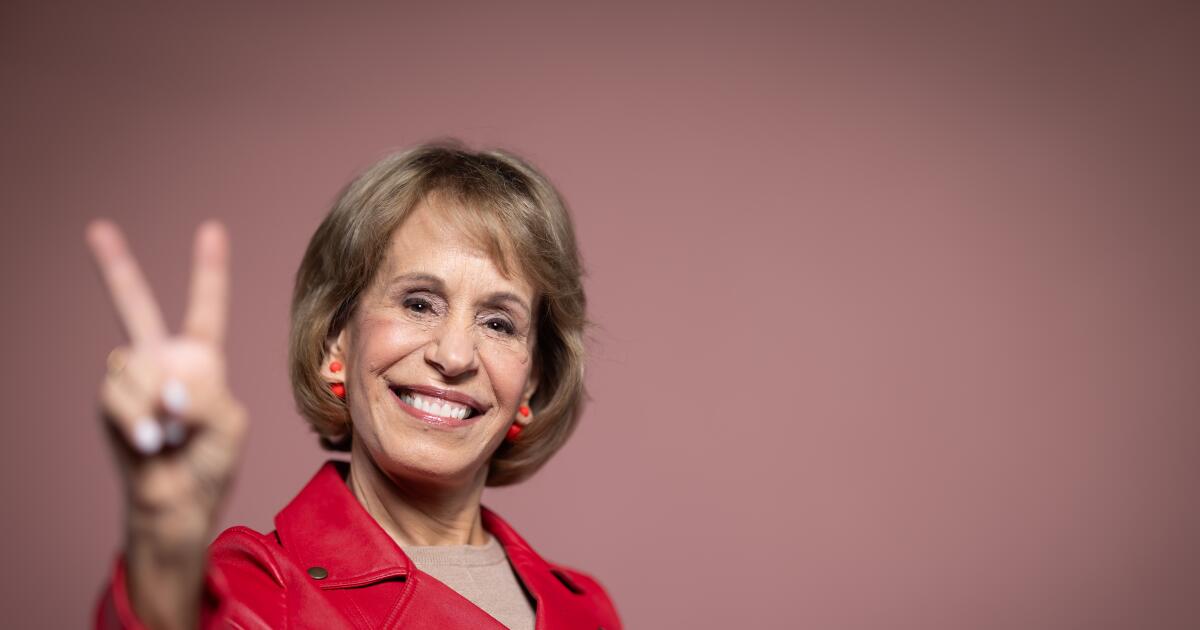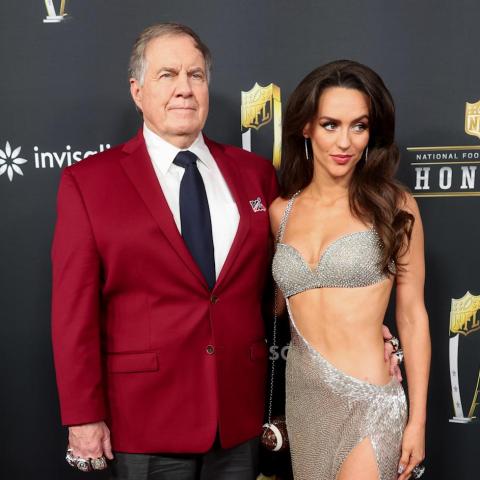Welcome back! Let’s dive into the big changes happening at USC that you might have missed while enjoying summer festivities.
July 1 marked a significant moment for the University of Southern California. It was not only Carol Folt’s last day as president, but also the day college athletes could start receiving direct payments. For USC, these changes could reshape its athletic future.
Folt’s six-year tenure was impactful. She made athletics a priority. Hiring head coach Lincoln Riley was a bold move. It cost over $20 million in the first year. USC is also moving to the Big Ten, which should boost finances. Her recent push for the $225 million Bloom Football Performance Center also leaves a notable mark. Yet, with her departure, there’s uncertainty about how the next president will approach athletics.
Whoever takes over faces serious challenges. USC is grappling with a $158 million budget deficit for 2023-24. Federal funding cuts loom under the current administration, which could complicate finances further.
The new president will have to balance pressing financial issues with faculty relations and a volatile political scene. While athletics might not top the agenda, the president’s views on sports can significantly impact the athletic department.
Folt’s predecessors, like Max Nikias, made similar substantial commitments. Nikias initiated a $6 billion fundraising campaign, which transformed USC’s funding landscape. Yet, with college athletics costs rising, the new leader must navigate a much different environment. USC already reported over $242 million in athletic expenses, outpacing most competitors in the Big Ten and SEC. As expectations and expenses rise, the university will need innovative strategies to advance in this new era.
There’s a growing emphasis on how presidents view NIL (Name, Image, Likeness) deals. Folt was cautious about financial structures involving direct payments. However, with recent rulings opening avenues for NIL, schools are probing deeper into this gray area.
Current statistics emphasize that USC successfully approved NIL deals early on, particularly with their track and water polo teams. Not only is USC making waves on the football side, but it’s also solidifying its presence across all sports, drawing in top recruits like Ethan “Boobie” Feaster for the upcoming seasons.
Meanwhile, challenges loom in other areas, like the baseball program. A significant exodus of players, including promising outfielder Brayden Dowd, raises concerns about the future of the team. This highlights a broader pattern of instability in college sports.
As we reflect on these developments, one question emerges: How will the new president handle the changing landscape of college athletics? Will they embrace innovative structures, or adopt a more traditional approach? The answers will shape the university’s trajectory for years to come.




















